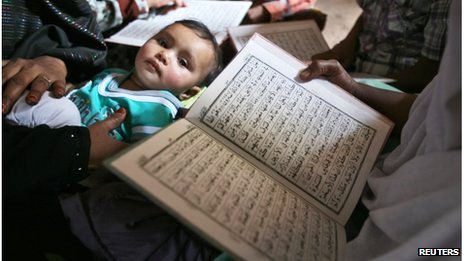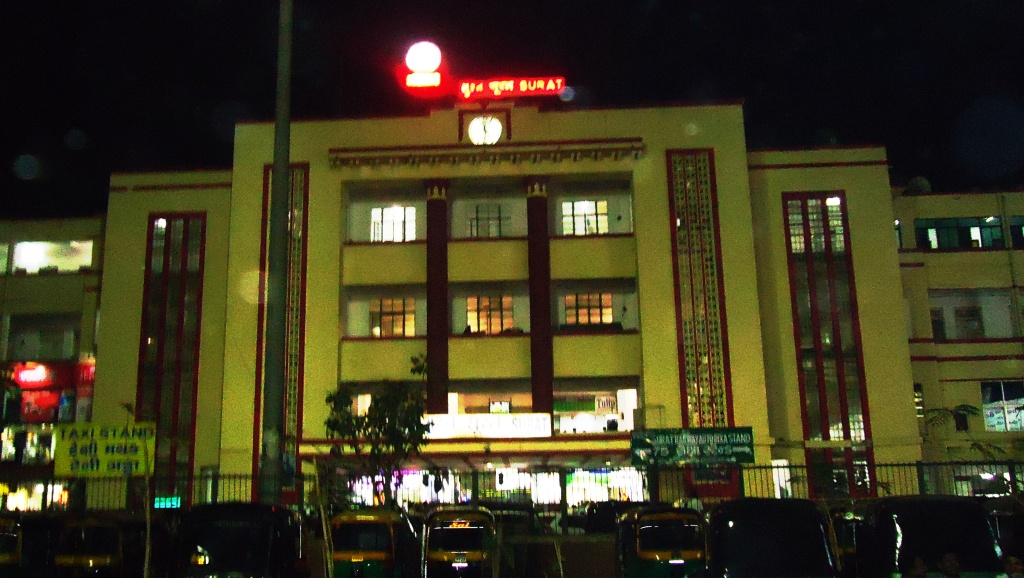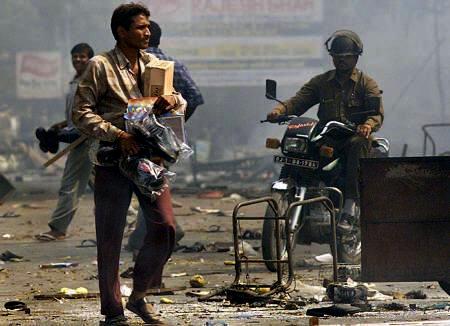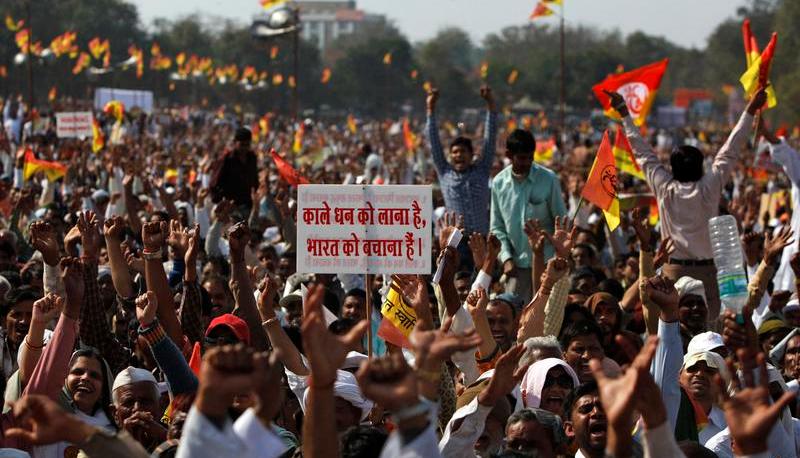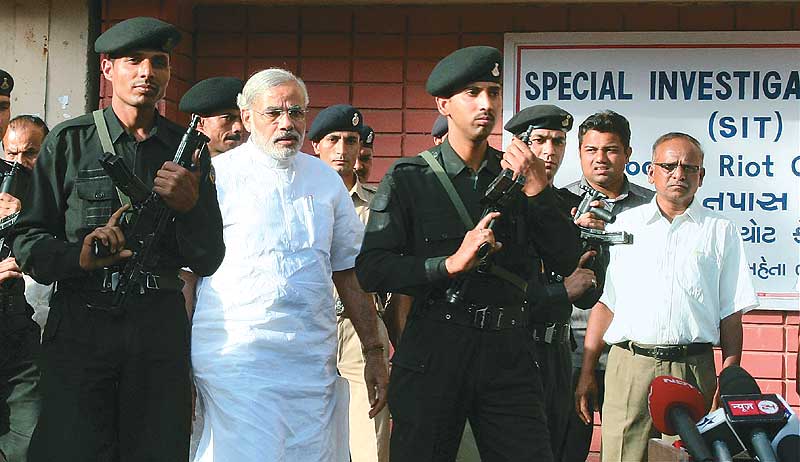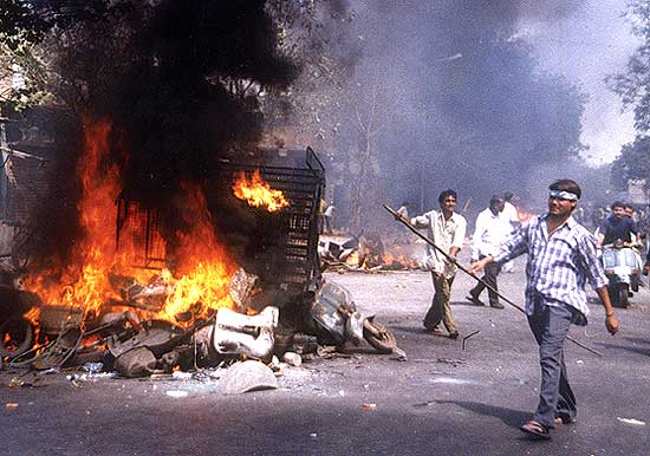India’s Gujarat Riots: 10 years on
Soutik Biswas "It was a blot on the state. It was deplorable,"…
Lives Ruined by State Storm Questions
BeyondHeadlines Special Correspondent New Delhi. A documentary film named ‘After the Storm’…
Ten Years of Gujarat: Life and Hope in Surat
Afroz Alam Sahil, BeyondHeadlines It has been a decade since 2002 riots…
A Decade of Gujarat Carnage 2002
Ram Puniyani India has witnessed many an acts of communal violence. Starting…
Culture of impunity helping communal violence to continue
Beyondheadlines Newsdesk New Delhi: “There is a process by which riots are…
Can Fasting bring harmony, while the scars remain unattended to?
Ram Puniyani Life is full of strange paradoxes. Narendra Modi undertook…
An Open Letter for the Flag Bearers of Anti-Corruption Movement
Afroz Alam Sahil, BeyondHeadlines The nation-wide movement against corruption and black money…
SIT Cuts Short Key Testimony Against Narendra Modi
Manoj Mitta New Delhi: The first ever legal testimony recorded against Gujarat…
Gujarat HC Calls For Reply From Central, State Governments on Religious Structure Demolition
BeyondHeadlines News Desk New Delhi: The Gujarat High Court yesterday directed the…
SIT Interrogates IPS Officer in Gulburg Society Riot Case
BeyondHeadlines Special Correspondent Gandhinagar, Gujarat: The special investigation team (SIT), which is…

